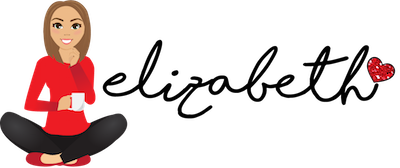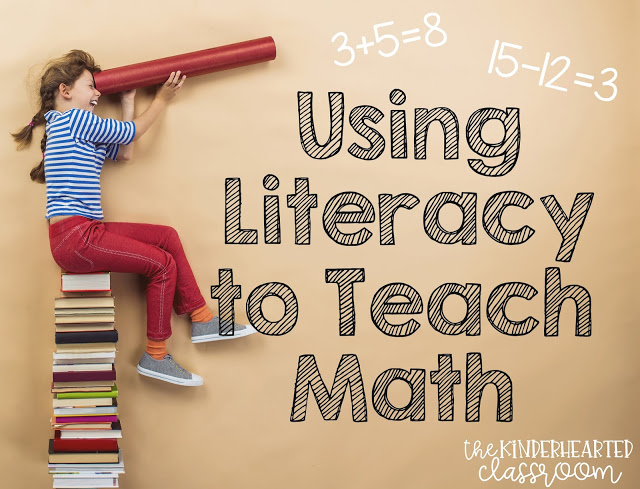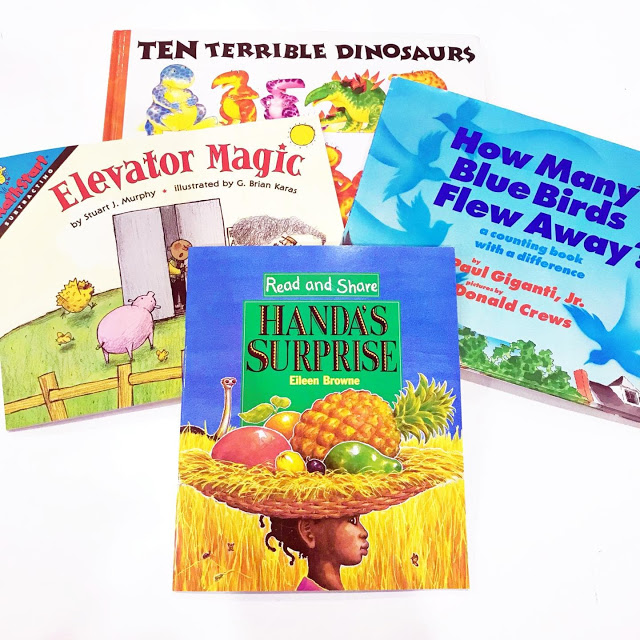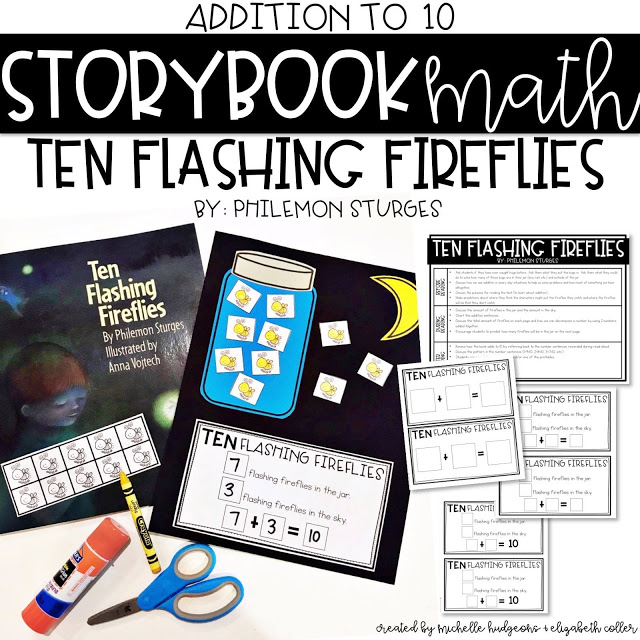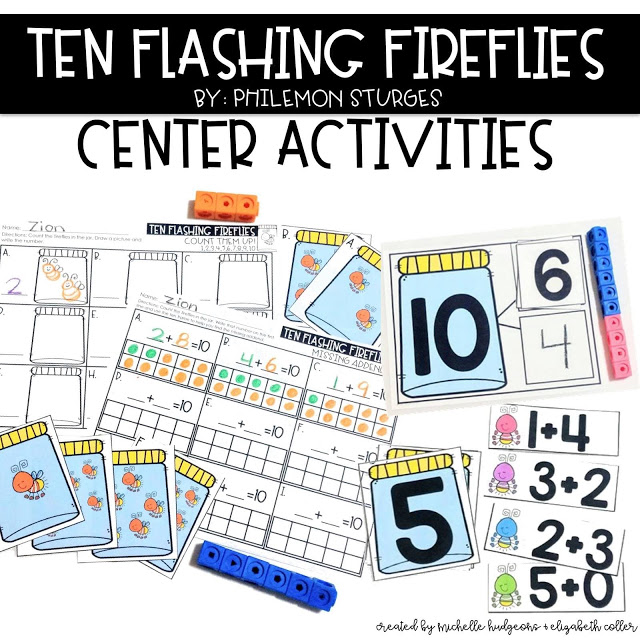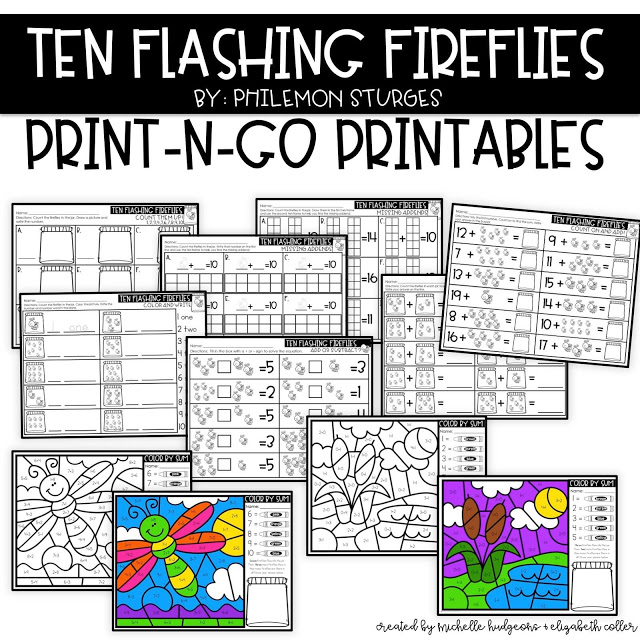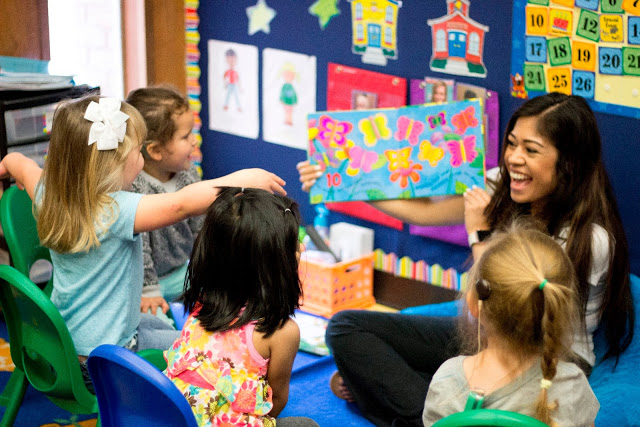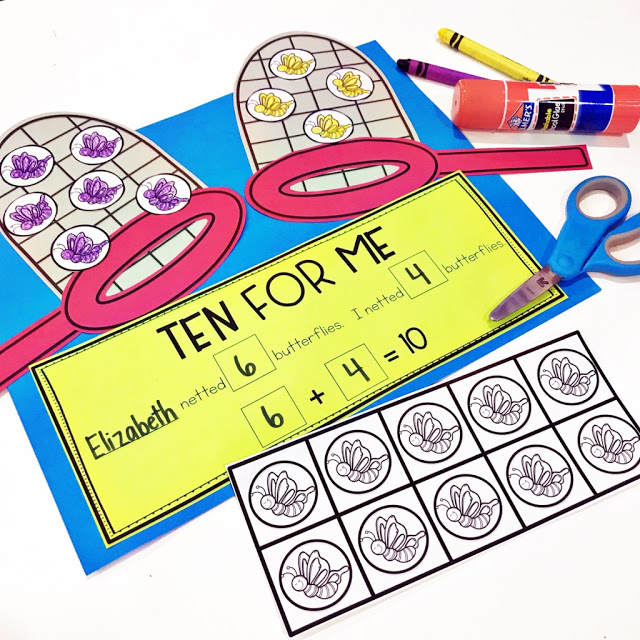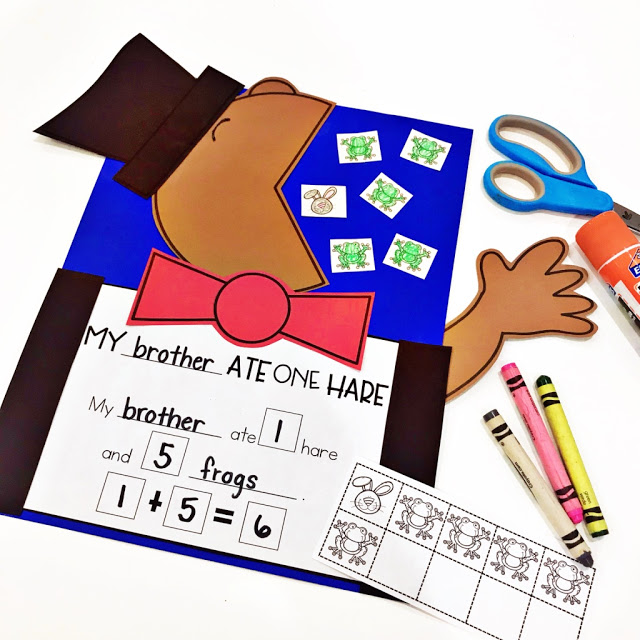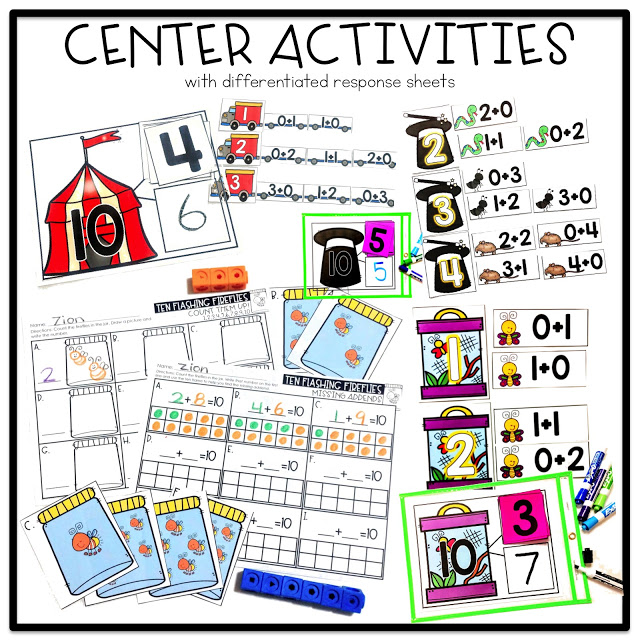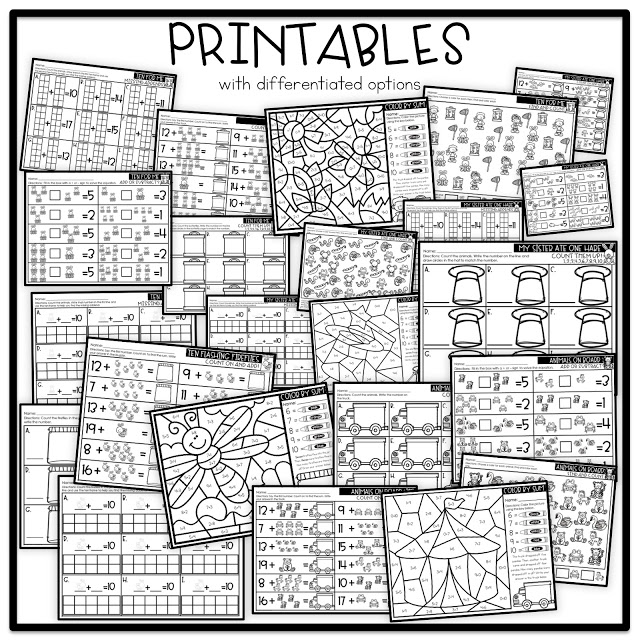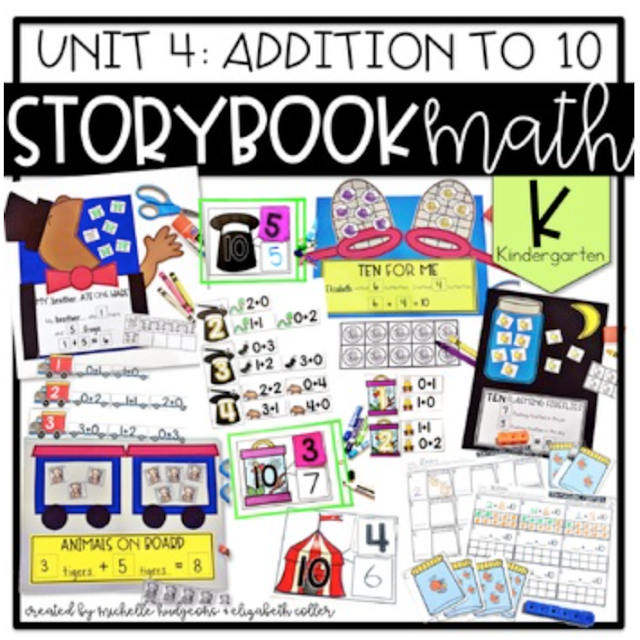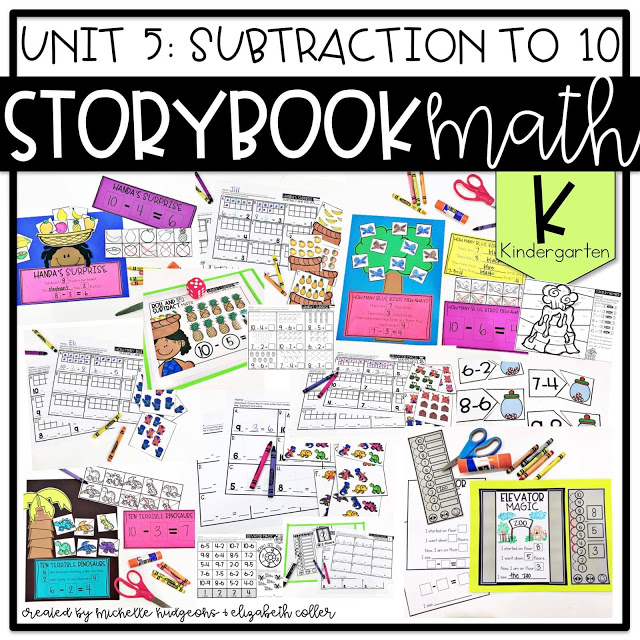We love sharing our favorite resources, books, classroom supplies and teacher stuff with you. When we do, we may earn money or products from the companies mentioned in this post. This does not affect our choices in what to recommend. Rest assured, we only recommend our favorite products to you! You can find our full advertising policy on the Partner With Elizabeth page.
Let’s face it – teaching math to little people can be tough. Why? Well, mostly because mathematical concepts are abstract and little brains aren’t ready for processing the abstract. Quite frankly, even bigger brains aren’t always ready to process the abstract. So as teachers we must find ways to make the abstract concrete. Concrete abstract – now that’s an oxymoron if I’ve ever heard one. But that is exactly our challenge!
In fact, this challenge exists far beyond early elementary classrooms. The Association for Middle Level Education (AMLE) tackled this connection for language arts and math and found that by helping students make connections between math and language arts we can help them build skills in both areas!
One way to help make abstract concepts concrete is to attach them to things that are already known. Literature is a great way of doing this. Carol Lee and Anika Spratley from LD online found that “the standards of the National Council of Teachers of Mathematics (NCTM) refer to mathematics as a language and a form of communication. These standards suggest using fictional literature that embodies mathematical ideas in the elementary school grades to help children make initial connections between mathematics and the real world.” Making connections to something already known is a key part of the learning process. By using literature as an opening activity, your entire class now has a common experience on which to connect their learning.
Adrienne Sturgen said it beautifully in her article “Why Literacy Should be Included in an Effective Elementary Math Curriculum,”
“When merged, lessons incorporating both subjects spark interest. They are memorable and serve as a refreshing change of pace that involve children in innovative ways, thereby potentially enhancing learning as a result of increased engagement. Using literacy to present and review mathematical terminology and concepts has the added bonus of increasing the accessibility for verbal students (and teachers) who don’t consider themselves ‘mathematically-minded’. In these instances, literature can provide alternative explanations for abstract concepts while simultaneously offering context beyond a compartmentalized math class. Suddenly math can—and does—exist within the world in which we live, bringing greater meaning and higher incentive to the pursuit of math.”
I {LOVE} that last sentence! Take a minute and read it one more time – it’s that good!
And while I primarily deal with little people and little people math concepts, I would do my students an injustice if I didn’t look forward to what they would be expected to do in just a few short years. Story problems are everywhere in math! They require students to use key reading skills to solve math problems. There’s no such thing as “I’m good at reading but not math” or vice versa. These 21st century students must be good at both! Connecting math to literacy now helps our students see the relationship to reading in math for the future. Let’s face it, whether its a state exam or the SAT, reading and math are highly integrated. The more we as teachers can do to break down the wall between language class and math class the better.
And just in case you still aren’t convinced, how about the ability to cover more with less time. By incorporating literature into your math lessons, you can model good reading skills and math skills at the same time. Show your students how good learners are always thinking when they are reading. It’s okay to ask math and number questions about a book. It’s also okay to make predictions and practice inferencing during a math lesson! This article by Math Geek Mama did an excellent job of explaining some practical ways to use literacy skills to develop math skills.
Storybook Math
- practice activities that relate to 4 different storybooks
- coordinating math center activities and printables
- a culminating craftivity that incorporates language arts and math skills
- differentiated response sheets and more!
Take a look at these fun and engaging activities for the concept of addition to 10. This is just a sample of the activities provided for one of the four stories in this unit!
How to Use Storybook Math
More About Storybook Math
You can find Storybook Math for Kindergarten on Teachers Pay Teachers. {Don’t worry First Grade Teachers – We’ve got you covered too! Here’s where you can find all the information on Storybook Math for First Grade!}
Here’s a direct link to each unit that is currently available and the coordinating books! I ordered all my books from Amazon because, well, you just can’t beat the price and front door delivery. 😉
Storybook Math Unit 4 – Addition to Ten
Books for Unit 4:
Storybook Math Unit 5 – Subtraction to 10
Books for Unit 5:
Storybook Math Unit 6 – Measurement Coming Soon!
